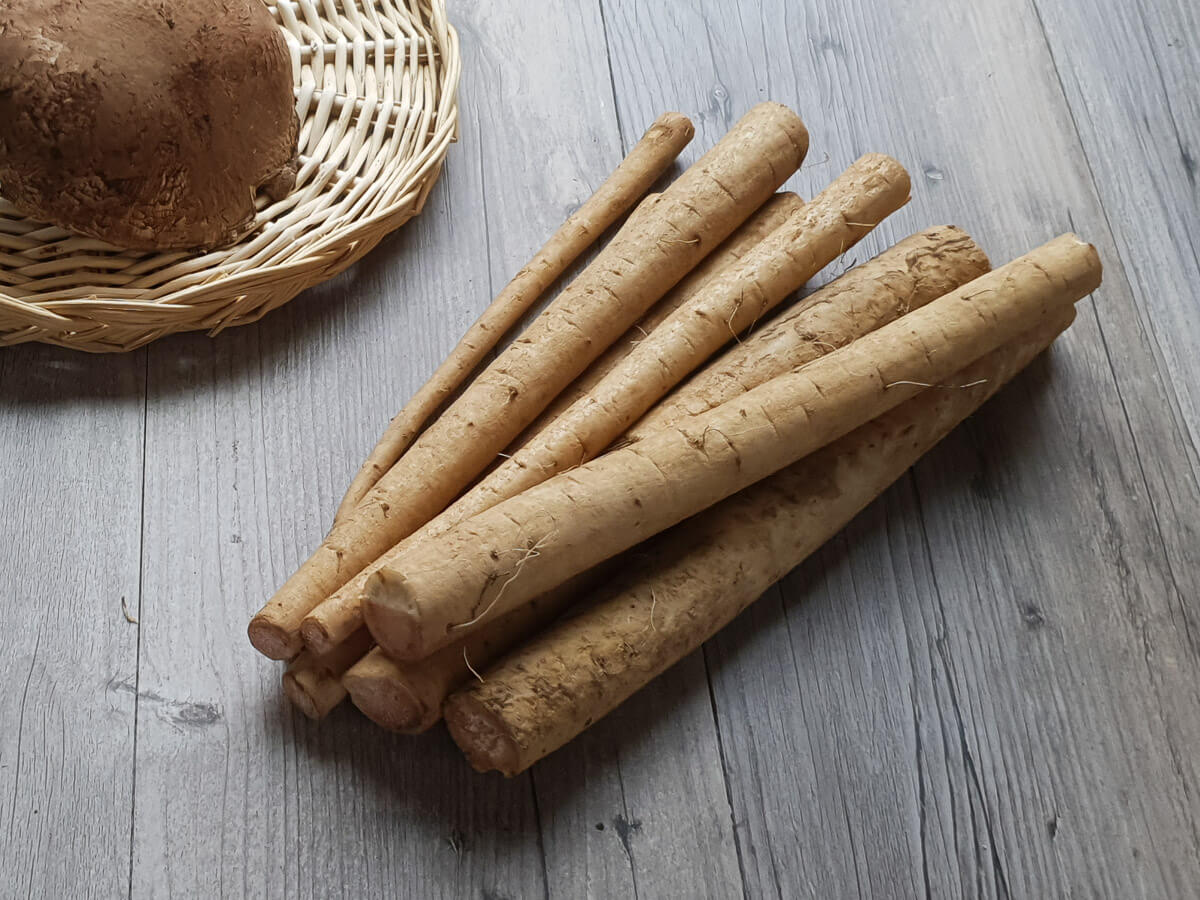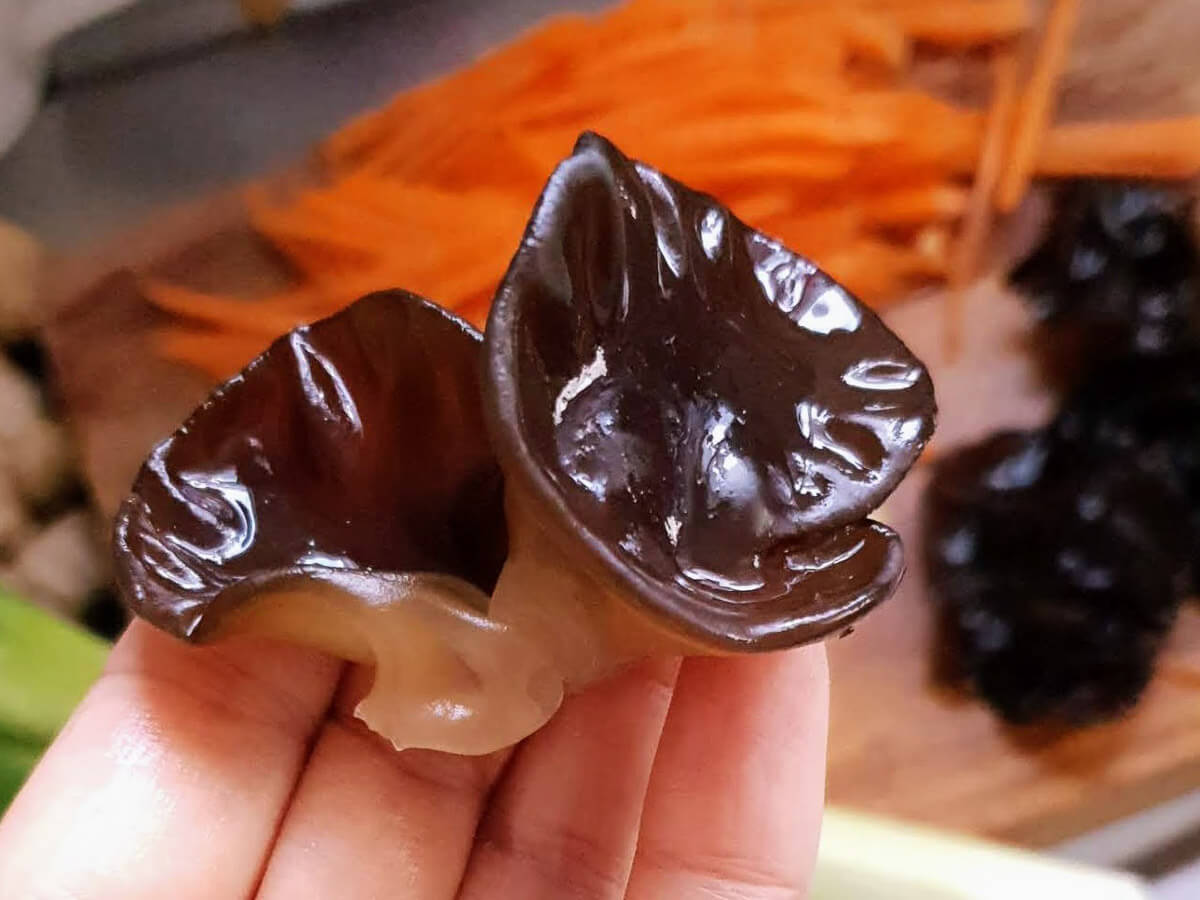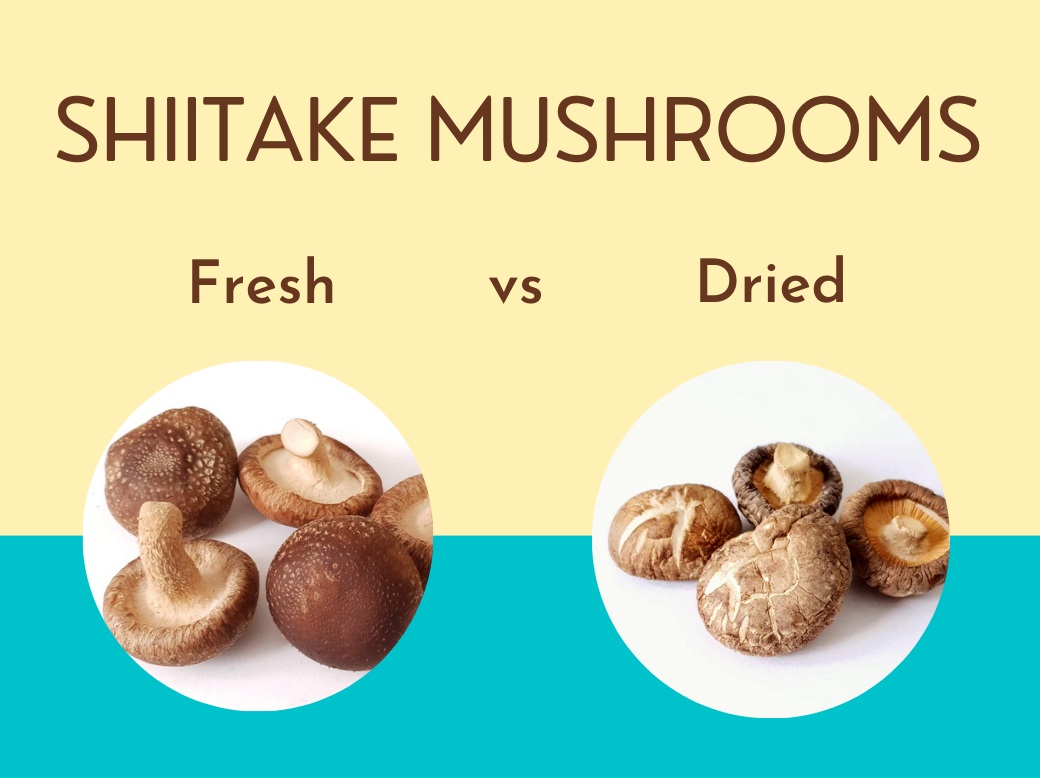
Burdock is a root vegetable and an ingredient in traditional Chinese medicine. Originally grown in Northern Asia, much loved in Japan, it is gaining (and regaining) popularity as a food ingredient in many parts of Asia, and beyond.
[Read more…]
Burdock is a root vegetable and an ingredient in traditional Chinese medicine. Originally grown in Northern Asia, much loved in Japan, it is gaining (and regaining) popularity as a food ingredient in many parts of Asia, and beyond.
[Read more…]
Known as Wood-ears in Chinese (木耳), Auricularia auricula-judae (Judae’s ear) are one of the most common culinary fungi in Chinese cuisine for its beautifully succulent texture and a multitude of health benefits.
[Read more…]Last Updated July 22nd, 2021

One of the biggest complaints about (black) Wood ear mushrooms (Auricularia auricula-judae) I hear is that they smell horrible. In fact, Wood-ears do not have any obvious smell of their own. The pungent and acidic smell is likely fromt too much sulfur dioxide.
[Read more…]June 2nd, 2021

Kombu is one of the most, if not the most, commonly used seaweed in Chinese and Japanese home cooking. Apart from being a great source of iodine and many other nutrients, its beautiful texture, intense umami taste and ease of store and use make it a very popular choice for soups and salads.
[Read more…]Last updated: March 31, 2021

Are fresh Shiitake mushrooms better than the dried ones? Can one substitute the other? In this post, let’s look at the characteristics of both fresh and dried Shiitake which make each of them uniquely suitable for different types of cooking.
[Read more…]